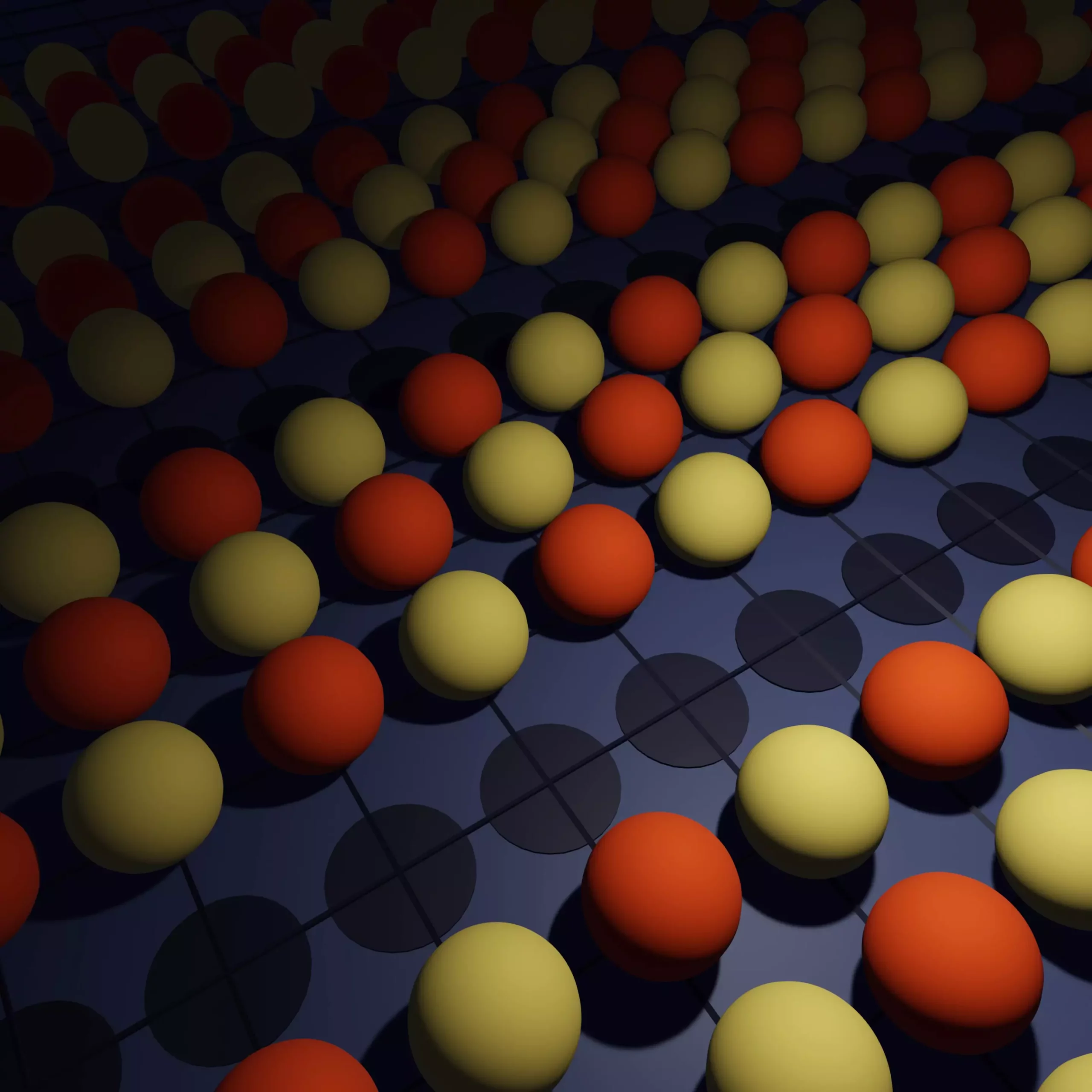Superconductivity represents one of the most fascinating phenomena in condensed matter physics, characterized by the ability of certain materials to conduct electricity without resistance. This remarkable trait has profound implications, including lossless power transmission, advanced MRI technologies, and groundbreaking transportation systems, such as levitating trains. However, the dream of achieving room-temperature superconductivity remains elusive. A recent research breakthrough, detailed in the journal *Science*, sheds light on a critical aspect of this challenge: the pseudogap state found in high-temperature superconductors.
The pseudogap is a somewhat enigmatic state that appears in superconducting materials at temperatures above the point where they exhibit true superconductivity, which typically occurs at frigid temperatures well below -140 degrees Celsius. In this state, materials display mixed behaviors akin to both normal metals and semiconductors. This duality is part of why the pseudogap has been a longstanding puzzle for physicists seeking to comprehend high-temperature superconductors.
Past findings established that the pseudogap state is prevalent in all high-temperature superconductors, yet the mechanics of how and why it occurs remain uncertain. Additionally, whether this state persists as temperatures approach absolute zero (approximately -273.15 degrees Celsius) has been a source of debate and confusion in the scientific community.
The breakthroughs presented by the research team revolve around enhanced computational techniques that help visualize the behavior of electrons in these complex materials. Quantum physicists have long struggled with modeling these systems due to challenges posed by quantum entanglement, wherein electrons relate to one another in ways that defy straightforward individual analysis. Dr. Antoine Georges, one of the study’s co-authors, metaphorically described the situation as moving from a foggy landscape into clearer visibility, thereby facilitating a deeper understanding of superconductive materials.
To navigate the challenges of performing accurate computations, the team utilized an advanced algorithm known as diagrammatic Monte Carlo. Traditionally, scientists relied heavily on the older Hubbard model, which simplifies the study of electron interactions within a system mimicking a chessboard. Each electron occupies a space on this grid, and interactions hinge on their spins—either up or down. While this model has proven valuable, it falls short in various conditions, particularly in states characterized by low but finite temperatures, where the pseudogap resides.
Employing the diagrammatic Monte Carlo algorithm, the researchers discovered pivotal insights regarding the pseudogap and its behavior as temperatures decrease towards absolute zero. Specifically, they found that at low temperatures, materials in the pseudogap state tend to transition into ordered structures known as “stripes,” where electrons align in rows separated by empty spaces. This discovery addresses long-standing questions in the field, particularly regarding whether this transition is universal among pseudogap materials.
In addition to clarifying the evolution of the pseudogap state, this research identified the underlying causes of the pseudogap itself. Researchers observed how electron arrangements become non-uniform as they cool; notably, patches of arranged electrons alongside gaps in occupancy contribute to the emergence of the pseudogap. Recognizing this complexity not only clarifies the behaviors of high-temperature superconductors but also refines the understanding of the Hubbard model overall.
The implications of this research extend far beyond enhanced theoretical models. As the scientific community strives to tackle the challenges posed by complex quantum systems, these insights offer a roadmap for future explorations, including experiments involving ultracold gases. The ability to manipulate atoms at low temperatures and trap them into patterns akin to the Hubbard model opens exciting potential for both experimental validation and deeper understanding of quantum phenomena.
Georges emphasizes the importance of collaborative efforts across disciplines and fields in achieving these breakthroughs. As experimentalists push the boundaries of quantum optics and condensed matter at ultracold temperatures, this paper contributes essential knowledge that may bridge gaps between theoretical frameworks and practical applications.
This recent advancement in understanding the pseudogap enhances not only the study of superconductivity but also fosters an environment in which the dream of room-temperature superconductors may become a reality. As researchers continue to elucidate the intricacies of quantum materials, the future of superconductivity looks increasingly promising.

